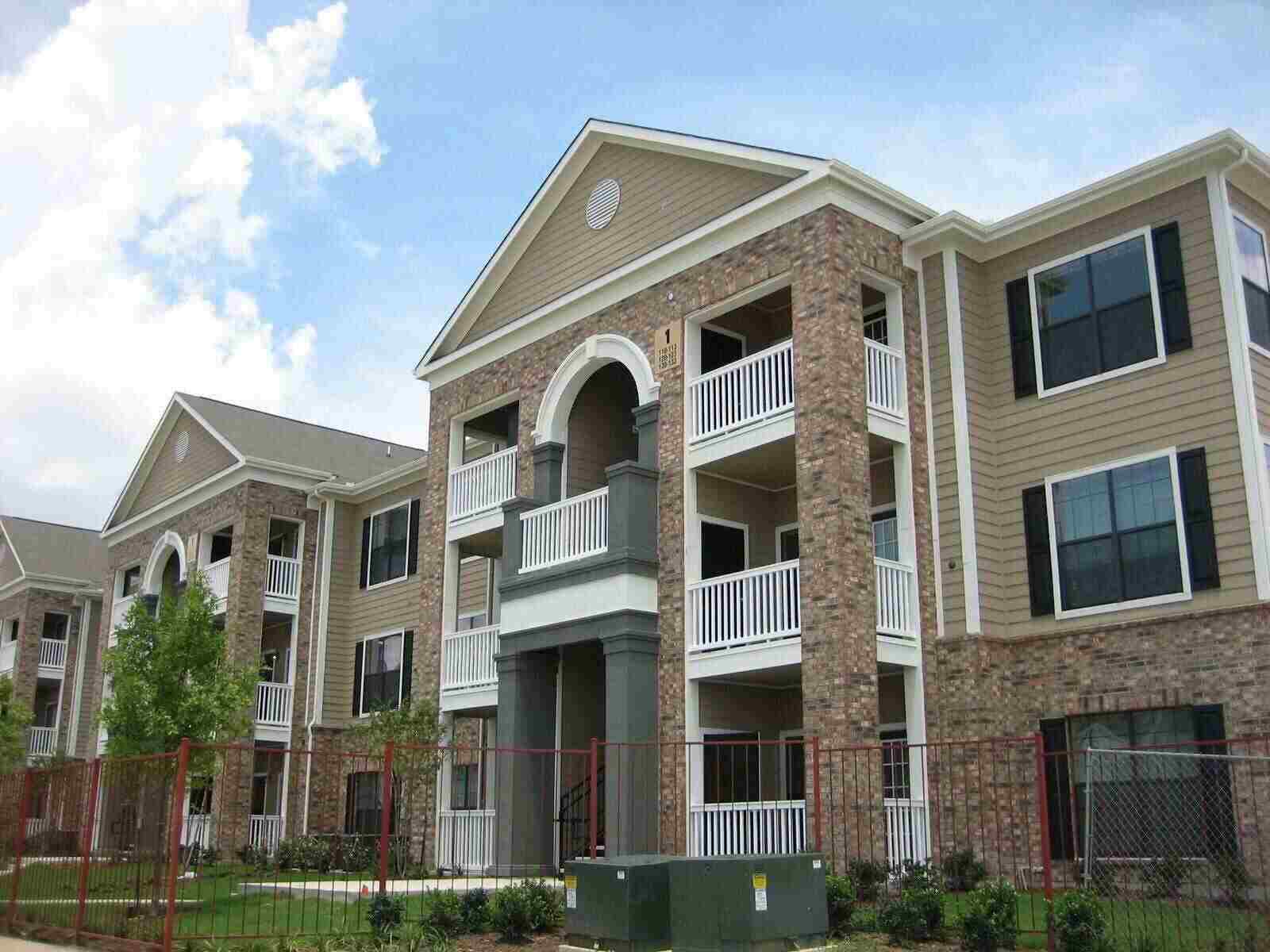NY Apartment Building Insurance
NY Apartment Building Insurance helps to pay for the damage or loss of your property, like structures or buildings, and items including equipment, furniture, supplies and fixtures. NY Insurance Hub agents evaluate your rental property insurance needs to find the best suite for your liabilities and risks. With decades of experience in building insurance along with direct appointments to the top carriers serving New York State, we can help you with appropriate protection and price, and love doing it.
It can include everything from single family rental homes to multi-unit apartment complexes.

Let’s face it, there are many hazards that impact your buildings, tenant’s and their belongings, as well as non-tenant risk of injury on your premises. Even the most proactive and safety conscious apartment dwelling owner cannot prepare for every instance of potential loss. Unfortunately, there are too many variables beyond our control that can cause fire, wind, and water damage among others. Let alone, the risk that someone injures themselves on your premises, even the uninvited.
Do You Need NY Commercial Property Insurance or Personal Landlord Insurance?
If you are an owner of a 1-unit to 4-unit dwelling, then you will require a personal lines policy. This type of insurance for landlords can cover multiple locations under a personal policy as long as each building is 4-units or under and have different physical addresses. With most insurers, you will have the option of carrying a single policy for each rental dwelling or combine multiple locations under one master policy.
Owners of 5+ unit buildings will require a commercial property insurance policy, normally insured with a Business Owner Policy (BOP). A BOP will cover general liability, structures, and business property along with a broader form of protection than a traditional personal lines program. Endorsements such as loss of income, water backup, and underground utility line coverage is either included or can be added to a BOP and tailored to fit your particular needs.
Whether You Own A NY Single Unit Rental Home or NY Multi-Building Apartment Complex, We Have You Covered For:
- Apartment building owners
- Apartment complex owners
- Apartment operations managers
- Commercial habitational building owners
- Commercial rental property owners
- Complex association managers
- Condominium complex owners
- Duplex owners
- Landlords
- Property managers
- Rental dwelling owners
- Residential property managers
- Townhouse owners
Determining Adequate NY Insurance For Landlords
Through the years, we have worked with a multitude of new customers that come to us thinking they have the best apartment landlord insurance already in place. After we conduct an assessment of their property or properties along with a review of their current policies we unfortunately find gaps in coverage for too many people. Gaps that can create a financial nightmare for the insured owners in the event of a fire, liability claim, as well as other potential large losses.
When determining gaps in coverage, we assess each individual risk as a separate entity with an eye toward real potential perils that expose our clients to significant financial risk. The following are a couple of the many gaps in protection we encounter when quoting potential new clients currently insured elsewhere. We don’t want it to be you!
Building Not Insured to Value: Dwelling Replacement Cost Policies normally require a structure to be insured to at least 90 to 100 percent of the structure’s estimated replacement cost value. After a loss, if the structure’s insured amount is below the level to which it should have been insured, a co-insurance penalty is applied.
For example you own a dwelling that would cost $2 million dollars to rebuild (reconstruction cost insurance required amount) with a 100% co-insurance clause (meaning that you must insure to at least $2 million or the penalty applies) and a $2,000 deductible and insure it for $1.3 million. There’s a fire that causes $800,000 in damage. The penalty would be assessed by dividing the insured amount by the amount that was required ($1,300,000/$2,000,000) or .65. The loss of $800,000 x .65 = $520,000 less $2000 deductible = $518,000 paid by the insurer and $282,000 paid by the insured out of pocket to complete the $800,000 in repairs.
The unfortunate thing is that so many insured owners are unaware they are underinsured due to a rise in the price of materials and labor, miscalculated initial reconstruction cost estimate, subsequent improvements to the structure unaccounted for, among others.
That is why it’s so very important to work with your agent on an annual basis to review your policy and reassess reconstruction cost valuations.
Loss of Rents/Income: This protection helps the owner to recoup lost rents when tenants have to move out of their property because of dwelling damage due to covered perils such as fire, theft, wind, etc. Say you own a 10-unit apartment building fully occupied and a kitchen fire in one of the units spreads to other units before firefighters save the structure. Due to the fire, smoke, and water damage all tenants must move out and it will take 6 months for clean-up and restoration until tenants can move in again. That is where this endorsement would kick in to pay the insured the rents you would have received during the 6 months your tenants could not live there.
In the event of a total loss of the structure, lost rents would be provided up to the number of months limit that you carry or until the dwelling is rebuilt and ready for tenants again. This protection is critical for most landlords and sometimes not even included or included at only a 3 to 6 month coverage. We make our clients aware of this vital safeguard and will extend to at least 12 months protection at the approval of our customer if 12 months is not already included in the base plan. The financial impact can be severe for landlords if not endorsed adequately for the months of protection you need.
Choosing The Best Rental Property Insurance In New York
We understand that every rental property scenario is unique and truly enjoy learning more about your business and you. The more we understand, the better equipped we are to offer you the most appropriate options at a very competitive price. Whether it’s a $500 premium or a $100,000 premium, we are going to do our best for you.
Let the us search and quote for you with our extensive network of the top insurance companies in NY, both regional and national carriers. New programs are being introduced all the time for people with your specific scenario and requirements. We utilize our experience serving New York State to provide the best landlord options possible. We want to find you the most affordable and effective options for apartment building insurance in NY that also protects you adequately.
We service clients in the Albany, Schenectady, Troy, Latham, Clifton Park, Saratoga Springs, Cohoes, Watervliet areas as well as the entire state of NY. Each one of our clients is given a dedicated expert to work together to proficiently address all your concerns.
Call one of our professional agents at 518-783-0105 for more about your commercial property insurance.
Frequently Asked Questions (FAQ)
you and also from our research of the online property data and records for your dwelling. Items such as construction type, exterior features, roof type, basement, along with multiple interior features of the kitchen, cabinets, floors, doors, wall structures, etc. The data input is run through a calculator that takes the area’s current price of materials and labor into account and derives a final estimated cost of reconstruction for your house including an amount for demolition and debris removal. The estimated cost of reconstruction is the figure we use as your dwelling limit.
they have experience with and like to insure, typically rating very competitively for that type. It’s our job to find the best “one” for you.
Coverage A pertains to the undamaged portion of the building if for example, the local building code requires an entire roof to be replaced if 30% or more of the roof is damaged. If 40% of the roof were damaged, Coverage A would provide compensation for the remaining 60% of the expense to replace the undamaged portion of the roof.
Coverage B pertains to demolition and also relates to the undamaged portion of the building. For example, if local building code requires an entire structure be torn down if 50% or more of the structure is damaged due to a named peril, and 55% of the building was damaged, then the remaining 45% of demolition expense would be reimbursed under Coverage B. Without it, the owner would have to pay for this expense out of pocket.
Coverage C pertains to increased costs of construction. Common examples of this might be handicap access points or fire sprinkler systems.
Basic: Includes common perils such as vandalism, fire, lightning, wind, explosions, vehicle collision, and even volcanic activity.
Broad: Includes additional protection for falling objects that damage the exterior of your structure, frozen pipes, ice and snow damage, theft, and accidental water damage.
Special: Usually includes all perils except for specific perils that are excluded in the policy such as earthquakes, floods, neglect, war, nuclear hazard, and intentional acts.

